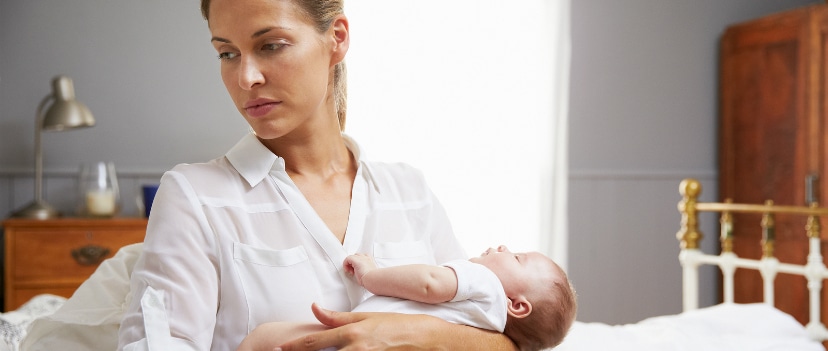How Much Paid Leave Can I Get?

At some point, nearly everyone needs time to recover from childbirth or a serious illness or to care for a sick loved one or new child. You may be at that point right now, or know you will be soon, and need to know what options are available to you.
While people all around the world have access to paid leave, the United States lags far behind with no national law guaranteeing leave. Three states currently offer paid family and medical leave, New York currently offers paid medical leave and will add paid family leave in 2018. Here’s how much leave they provide:
- California: if you qualify for benefits under the California paid leave insurance, you can access up to 6 weeks for family leave (caregiving for someone else or a new child) and up to 50 weeks for your own health care needs. A pregnant woman can receive paid leave benefits during the time of her pregnancy and then use the additional 6 weeks to care for her new baby. The amount of wage replacement you receive is based on your wages. For most workers, it will be about 55% of your wages, up to a maximum of $1,129. California recently changed the reimbursement for people who are lower-wage earners. For instance, a person who earns the minimum wage will now receive 70% of their earnings.
- New Jersey: if you qualify for benefits under New Jersey insurance, you can access up to 6 weeks for family leave. As in California, a pregnant woman may combine leave associated with her pregnancy and delivery with the additional 6 weeks of parenting leave. Employees who qualify in New Jersey, receive 2/3rds of their wages, up to a cap of $615 a week.
- Rhode Island: Employees in Rhode Island who qualify can receive up to 4 weeks of job- protected paid leave a year to care for a new child or an ailing family member. Employees also have access to leave for up to 30 weeks of leave if they are personally disabled. As in California and New Jersey, a pregnant woman can combine leave associated with her pregnancy and delivery with the additional 4 weeks of parenting leave. Rhode Island’s formula for wage replacement is 4.62% of wages paid to you in the highest quarter of the base period. This means you will receive approximately 60% of your wages, up to a maximum $817. Employees with dependents receive additional wages.
- New York: Currently, New York only covers employees for time associated with their own illness (including pregnancy). However, through legislative action this year, New York will begin phasing in the most extensive, job-protected leave in the country for caregiving. In 2018, employees who qualify can receive up to 8 weeks of leave and beginning in 2021, employees will receive up to 12 weeks of job-protected leave. The amount of wage replacement will gradually increase over the next few years. In 2018, an employee will receive 50% of her average weekly wages and over the of the next years will increase to approximately 2/3rds of a worker’s wages, up to a cap of 67% of the statewide average weekly wage.
Hawaii and the Commonwealth of Puerto Rico provide temporary disability for medical leave only:
- Hawaii: Employees in Hawaii who are covered by the state law may access up to 30 weeks of paid time for leave associated with their own disability.
- Puerto Rico: Employees who qualify for personal disability leave in Puerto Rico, may access up to 26 weeks a year of paid leave.
Some employers – like Patagonia and Spotify – offer paid leave as part of their employment benefits. To find out if your employer offers these benefits, it is best to check with your human resources department. If you have a story to share about your need for leave, or would like to get involved in one of our coalitions that are fighting for paid family and medical leave and paid sick days in your state let us know.